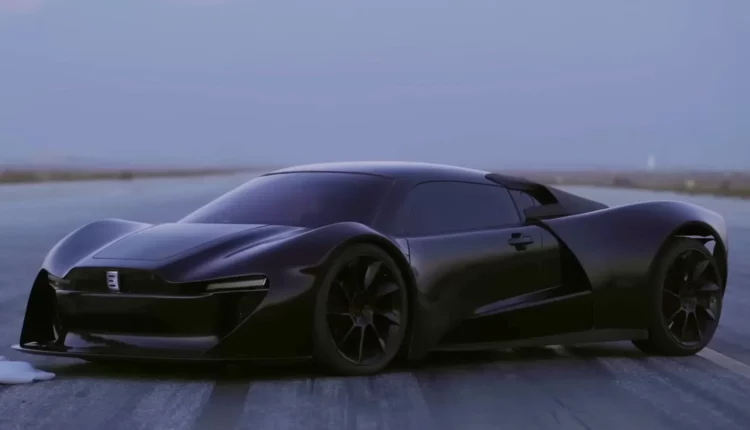©2021 Reporters Post24. All Rights Reserved.
A Toyota four-cylinder engine isn’t what one would typically picture in a supercar. When you think of a supercar, you probably picture some sort of low-slung exotic with a large-displacement, rear-mounted engine manufactured by some European marque. Of course, there are exceptions that still fit the supercar definition, but I guarantee that there’s one thing that you don’t picture: Afghanistan. At least until now, that is.
Kabul-based manufacturer Entop unveiled the very first Afghan-built supercar last week. Called the Mada 9, this first example is the hand-built product of hard work by more than 30 engineers from Entop and the local Afghanistan Technical Vocational Institute (ATVI) spanning over the last five years. And now, we can see what it looks like.
Not much is known about the car in its current state other than its design and the basics of its underpinnings from various mid-construction videos found on Entop’s YouTube channel and Instagram.
At the heart of the car lives a Toyota-sourced four-cylinder engine, the same one found under the hood of a Corolla, according to the head of ATVI, Ghulam Haidar Shahamat. The engine is rear-mounted, cradled in the middle of a tube chassis surrounded by lightweight composite materials. A pushrod suspension can also be seen in some photos of the vehicle’s construction.
Entop does not reveal any specific power figures, 0-to-60 MPH times, or basically any other statistics that are typically bragging rights for supercar manufacturers. It has, however, released a number of videos featuring the car, and a clip of the car being started for what sounds like the first time, as well as moving under its own power can be seen online. At the very least, it proves the one-off example is less vaporware than some other supercar projects out there, but hey—anybody can build one example of a car, right?
Entop hasn’t revealed any sort of timeline for when it plans to mass-produce the vehicle, nor has it given any hint of pricing. Its CEO Mohammad Riza Ahmadi was eager to tell local news that he hoped the car would “convey the value of knowledge to the people” and boost the country’s image to the world, despite many, many, many socio-political issues. Ahmadi also noted that the car would begin its life in Afghanistan but could potentially be sold internationally, as efforts are currently being made to display the car at exhibitions worldwide.


